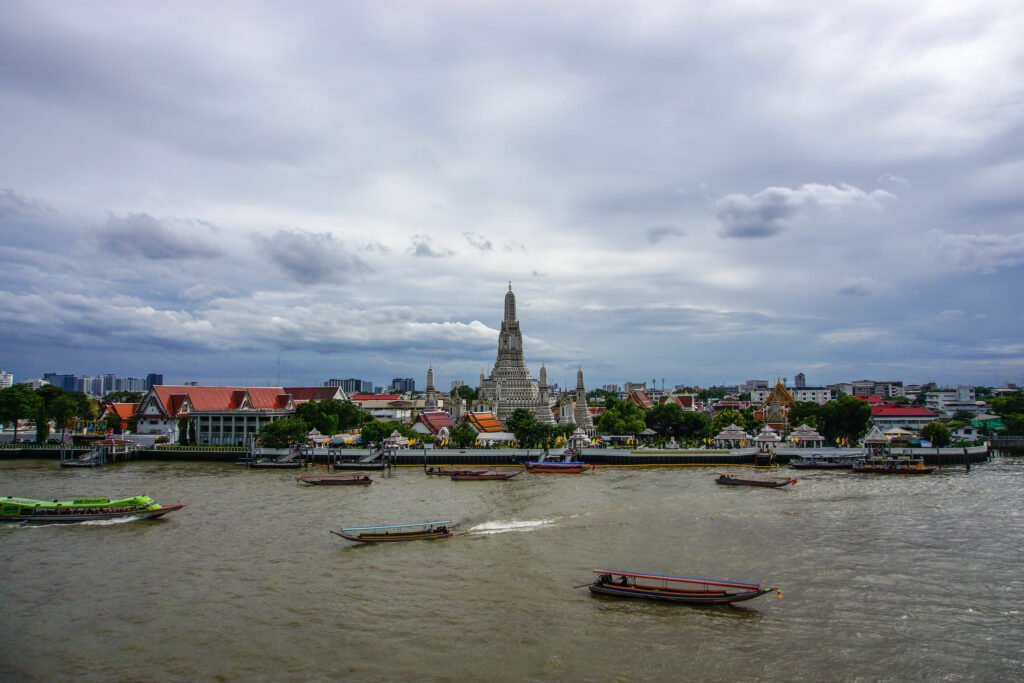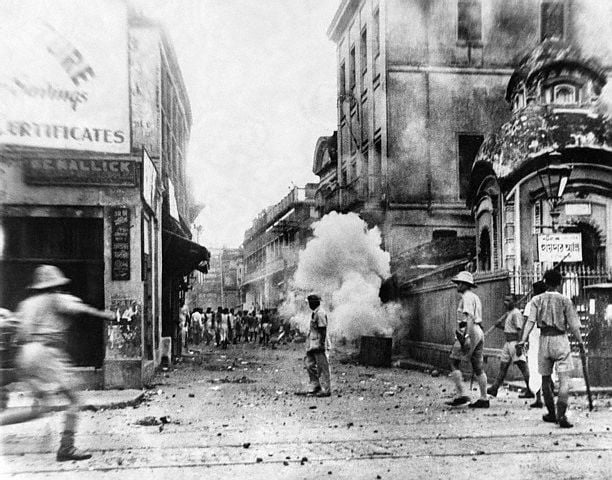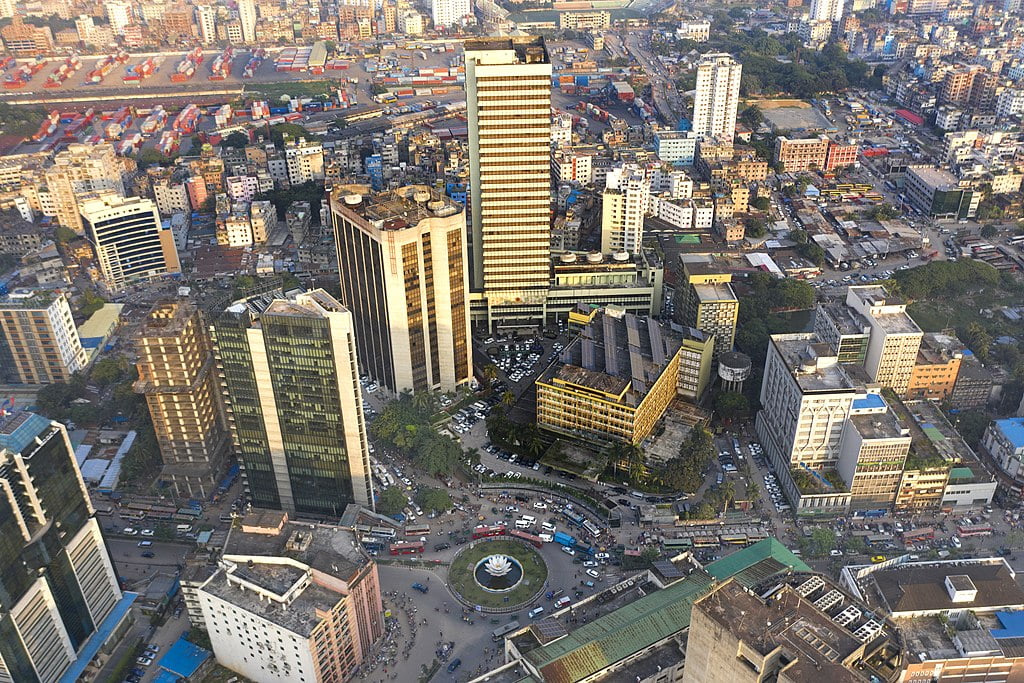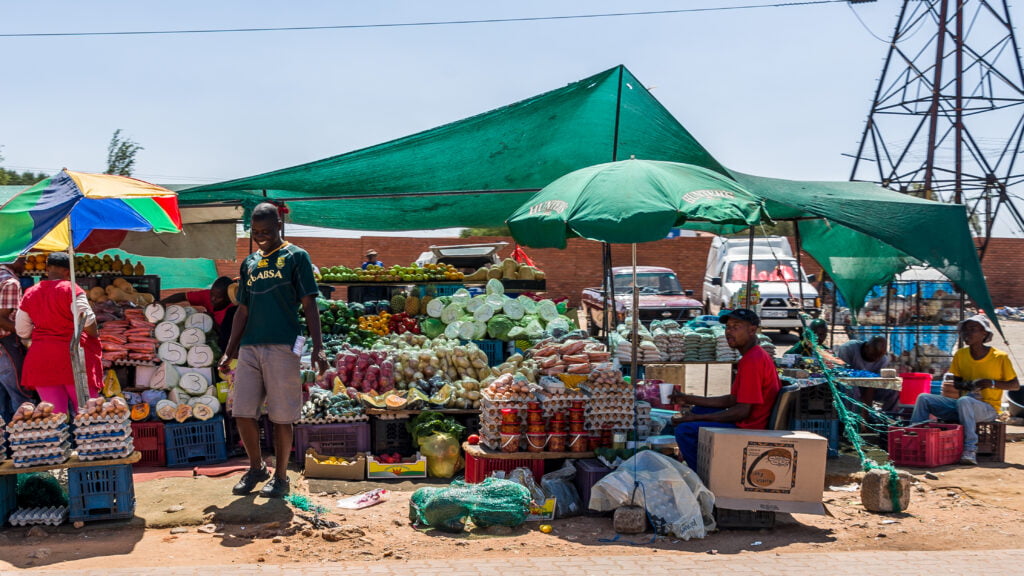What makes cities work? It is not the historic monuments or grand architecture but something far more prosaic. Q and A with Prof Brett Neilson.
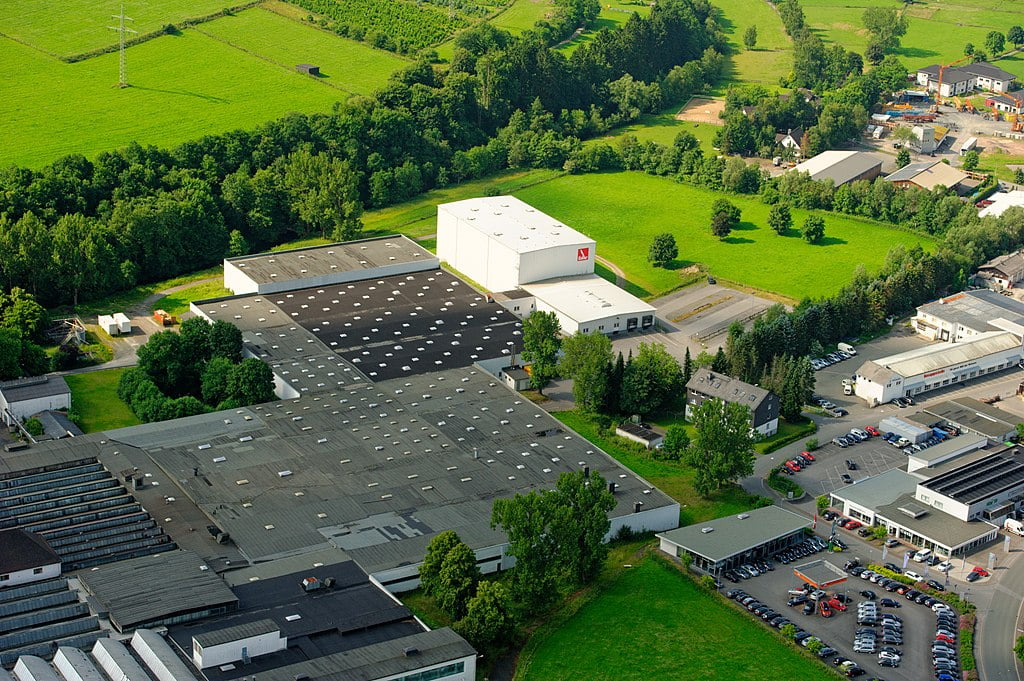 The logistical city is often located on the urban fringes and is not given to spectacular architecture. : Michael Kramer CC3.0
The logistical city is often located on the urban fringes and is not given to spectacular architecture. : Michael Kramer CC3.0
What makes cities work? It is not the historic monuments or grand architecture but something far more prosaic. Q and A with Prof Brett Neilson.
When you travel on the outskirts of many cities, a sea of featureless warehouses can stretch to the horizon.
Behind those bland walls beats the heart of the logistical city. From Kolkata to Singapore, Hong Kong to Melbourne, the business of the modern world depends on these structures which house data centres, freight forwarders and other supply chain businesses.
How this complex system works and how it is changing the face of many post-colonial cities is a special area of interest for Professor Brett Neilson from Western Sydney University.
Neilson’s research and writing aim to provide alternative ways of conceiving globalisation, with particular emphasis upon its social and cultural dimensions.
He sat down with 360info for a discussion about logistical cities.
360info: Can you explain what a logistical city is?
The logistical city is that part of the urban environment which is given to creating connections both in terms of transport and communication to other parts of the world. So it can be understood as a series of infrastructures that implant themselves in urban environments in order to facilitate different kinds of flows and connections, usually with other cities, but also with rural environments.
What would be examples in Asia?
The first example that comes to mind is the new town of Calcutta, Rajarhat, where I was involved in conducting a large project with the Calcutta Research Group. This is an area that has been developed over the last 10-15 years and there are a number of IT companies that operate as well as other kinds of urban development, particularly housing and consumer infrastructure such as malls.
However, one of the first things that was done by the development company was to lay down fibre optic cable all through the area.
More generally, I think we can say that the logistical city is often located on the urban fringes. It’s not the city centre. It’s not given to spectacular architectural or monumental kinds of structures. Its form is quite mundane and often anonymous. The kind of bland warehouse structure created in the 20th century is the sort of ubiquitous kind of theme of the logistical city.
Some of the infrastructures it houses are critical to modern life. But because they are critical, they are also made obscure. You can walk past them without even noticing them, or even thinking about what might be going on inside.
So it’s a city that lives in front of you, but is unseen.
As a researcher interested in the logistical city you have to learn to see it. I know Melbourne a little bit. I know if I hop off the plane at Tullamarine and take the bus into the centre of Melbourne that I’m passing through spaces like this.
But without those spaces the centre is not going to function. The shelves won’t be full. The digital messages won’t be bouncing around and so forth.
So these aspects are crucial to the life of any city?
They are critical. A good way to understand how is to see what happens when they stop working. This was certainly something that was experienced during the pandemic, so logistics and supply chain disruptions became front of mind during that period.
That’s when that criticality becomes really obvious and visible to people. Clearly these infrastructures are critical for trade, critical for economic life in a way different to say the financial world, which is also a critical part of the global economy, but tends to occupy an urban centre in places like Hong Kong and Singapore.
Certainly finance has its logistical aspects. Particularly because it’s such a global and digitalised process these days. So even the financial world has its shadow in the logistical city in the form of infrastructures such as data centres.
In Hong Kong and Singapore these are really important aspects of the logistical city. They are not downtown. In Singapore lots of them are pushed out to the west of the city, in the Jurong district. In Hong Kong, many of them are pushed up into the New Territories, 90 minutes from the financial centre on Hong Kong Island.
These kinds of facilities, which are basically hangars full of computer servers, are critical to the way those cities position themselves in the global economy. These cities have also instituted programmes and incentives to deliberately attract this kind of logistical business and infrastructure. Things like tax breaks, available water and electricity, and training people who are able to operate these kinds of structures have been key to their positioning.
Interestingly, Singapore has recently introduced a moratorium on new data centre construction for environmental reasons. These facilities chew up vast amounts of energy, which is another factor at stake in the logistical city.
A lot of the IT business in Kolkata is beta testing of products that have been developed in Bangalore and Hyderabad, which have a stronger IT industry, and Kolkata sort of hangs off them.
Kolkata is interesting because it’s an inevitable choke point in the flows between India and the countries to its east — southeast Asia, and of course, China. Kolkata is mapped on most representations of China’s Belt and Road Project, even though it’s kind of tucked right up in the corner of the Bay of Bengal.
For both land and maritime flows, it is a city that has to be dealt with, but negotiating logistics in Kolkata can be very tricky. If you go to the ports near the city centre you can see big semi-trailers squeezing through very small lanes to try and load or unload containers.
In some ways it’s a choke point, and that is its interest given that its logistical connections become challenging. Often they’re the most interesting to observe and study.
What’s the future of the logistical city?
When you want to smooth out flows and ease connections, standards are really important.
If you think about standards in any aspect of economic life, if you think about something like the thickness of a credit card which has to pass through ATM machines and so forth … we take it for granted but there is work, and all sorts of agreements between different kinds of organisations to establish such a standard.
This is particularly so in the digital world where we face the so-called decoupling of the US and Chinese economies. Not that that’s an inevitable process — maybe it’s a self-fulfilling prophecy in some respects — but it is pronounced in the digital economy.
So one thing we may see in the future is the evolution of different standards associated with different hemispheric economic powers. And a competition to see who can set the global standards in a more multi-polar world.
In the worst case scenario that may lead to some incompatibilities. Look at Australia. In the 19th century we had different rail gauges in Australia and we still have different rail gauges. These things can be negotiated. They become kind of choke points, if you like. They become points where human labour becomes much more visible in a world that’s becoming more automated.
One thing to watch out for in the logistical city is the way in which geopolitics and the standard-making associated with it will impact upon its processes and infrastructures and in turn, what eventualities from those processes will have for the populations on the ground, particularly the working populations.
We can’t know the exact effects of future developments on workers, but past experience gives us some clues. New standards of efficiency usually come with new modes of surveillance. Workers are liable to be subject to real time controls that close the gap between the act of labor and the measure of its productivity. This applies to mental as well as manual work, as the example of workplace surveillance software shows.
But with new efficiencies, new chokepoints tend to emerge. In these situations, workers will have options. They can use supply chains snarls as opportunities to organise, to hold employers to ransom. Or they can find workarounds, such as the mouse jigglers used to evade monitoring software.
Workers can also ply through chokepoints, putting in extra time and effort that isn’t always recognised. The point is that these decisions are almost always in the hands of workers. Management is left to follow.
Brett Neilson is professor and deputy director at the Institute for Culture and Society, Western Sydney University. His research on logistics has been funded by the Australian Research Council. Project details are available at the following websites: Transit Labour, Logistical Worlds and Data Farms.
The research was undertaken with financial assistance from the Australian Research Council, DP200101409.
This article is part of a Special Report on ‘Cities after colonialism’, produced in collaboration with the Calcutta Research Group.
Originally published under Creative Commons by 360info™.


